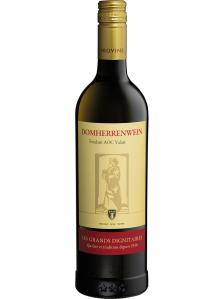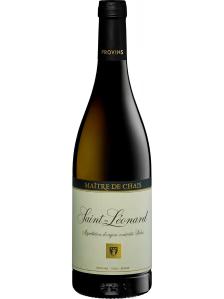-
中文名:
-
英文名:Chasselas
-
种植区域:
-
香气:
-
颜色:
Chasselas is the most important and widely planted white wine grape variety in Switzerland. and is particularly common in the Vaud region.
On the vine, Chasselas tends to ripen early, making it a good match for Switzerland's cool alpine slopes. It can be a very vigorous and overproductive vine if not properly controlled, which has perhaps contributed to its poor reputation outside Switzerland. and many Chasselas-based wines can seem quite neutral. However, the best examples can be complex and rich, showing a range of fruity, floral and mineral flavors, with good acidity and the ability to age well in the cellar. Older wines show more honeyed and nutty flavors, taking on a deep golden color.
The variety matches well with traditional local Swiss cuisine like fondue. While theories have abounded that the grape originated in Egypt or the Middle East, recent DNA research suggests it comes from the shores of Lake Geneva – a finding consistent with the well-established theory that the location where most forms of the grape variety can be found is probably the point of origin.
The town of Chasselas in France's Maconnais was also previously touted as the point of origin but, while it has given the grape it's name, it is now thought to be the point of distribution through France after the grape had been brought from Switzerland. Certainly it has been grown in Switzerland and neighboring parts of Germany for at least 500 years.
In Switzerland the grape was usually called Fendant from the 1700s until the early 20th Century. This name – "splitting" – refers to the characteristic that certain forms of the grape display when being pressed between finger and thumb: they split as opposed to being completely crushed. The Fendant name began to appear on labels in many regions, and Vaud winemakers have moved to protect its use.
Chasselas is planted throughout Europe, particularly in France, Germany, Austria, parts of north Africa and as far away as North America. In France, Chasselas is not taken particularly seriously and it has been largely removed from vineyards in Alsace and the Loire, where it was once common. It is still used in the production of table grapes, which may have created prejudice against its winemaking potential. Italy also grows a little Chasselas; as for Germany and France the more serious expressions are often produced in vineyard areas close to the Swiss border.
Synonyms include: Fendant, Perlan, Gutedel, Dorin, Wälscher, Chasselas de Moissac, Chasselas Doré, Moster, Marzemina Bianca, Chrupka Bila.
Food matches for Chasselas include:
- Mushroom pasty
- Crayfish laksa
- Cheese fondue



